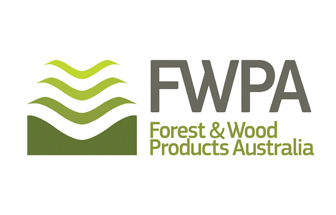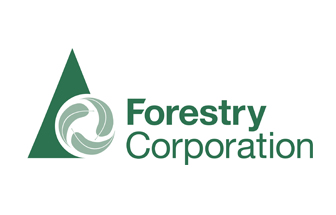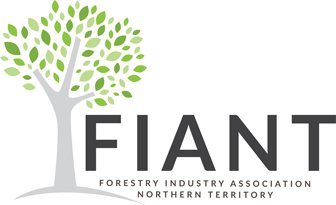WE CELEBRATE OUR FIRST AUSSIE DAY OF FORESTS WITH
SALUTE TO INDUSTRY’S TRUE WORTH: SUSTAINABILITY, JOBS
THE inaugural National Forestry Day this week on August 30 … was “a national day to celebrate the role of forests in helping fight climate change, create essential, renewable products and underpin many regional communities.”
 A comment from Ross Hampton, CEO, Australian Forest Products Association, who reminded us the sector is responsible for:
A comment from Ross Hampton, CEO, Australian Forest Products Association, who reminded us the sector is responsible for:
• $24 billion of national economic contribution annually’
• 80,000 direct local jobs and another 100,000 indirect jobs.
• Planting more than 70 million new trees every year that absorb carbon, helping fight climate change
• Supplying essential and renewable products, from house-frames and structural timber to furniture and floorboards and paper and cardboard.
Joining the tribute to trees, the NSW Forestry Corporation offered 14.7 million reasons for the celebration – the planting of 14.7 million seedlings across the state “to grow timber that builds the homes, houses and infrastructure of Australia
“That’s the equivalent of 28 trees planted every single minute of every day throughout 2022 and a substantial contribution to the state’s communities, economy, building industry and carbon sequestration,” CEO Anshul Chaudhary said.
“Wood is the ultimate renewable resource, and the forestry cycle means organisations such as the Forestry Corporation can keep supplying the community with essential materials for generations to come,” he said.
“NSW’s 2 million ha of state forest estate and the renewable wood products it supplies actively sequester and store carbon, the equivalent generated by 56 million cars driving for a whole year.
National Forestry Day also highlights the positive impacts of the state’s native forestry industry and the stringent environment it operates in.
“The state’s strict environmental regulations mean timber from native forests is among the most sustainable in the world with the forests carefully managed to provide timber while also supporting wildlife populations in concert with surrounding national parks and other forested land,” Mr Chaudhary said.
He emphasised that timber harvesting operations take place in around 0.1% of NSW forested land and all harvested areas are completely regenerated.










